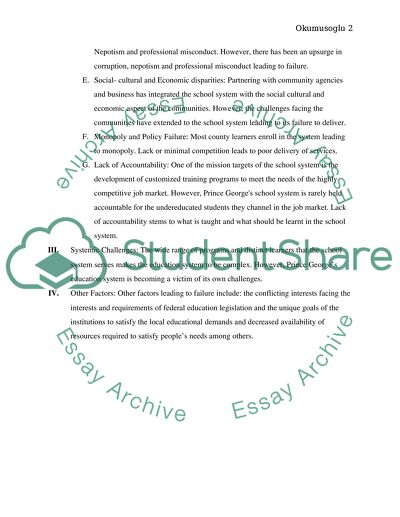Cite this document
(“The Failure of Prince George's School System Research Paper”, n.d.)
Retrieved from https://studentshare.org/education/1400371-the-failure-of-prince-georges-school-system
Retrieved from https://studentshare.org/education/1400371-the-failure-of-prince-georges-school-system
(The Failure of Prince George'S School System Research Paper)
https://studentshare.org/education/1400371-the-failure-of-prince-georges-school-system.
https://studentshare.org/education/1400371-the-failure-of-prince-georges-school-system.
“The Failure of Prince George'S School System Research Paper”, n.d. https://studentshare.org/education/1400371-the-failure-of-prince-georges-school-system.


